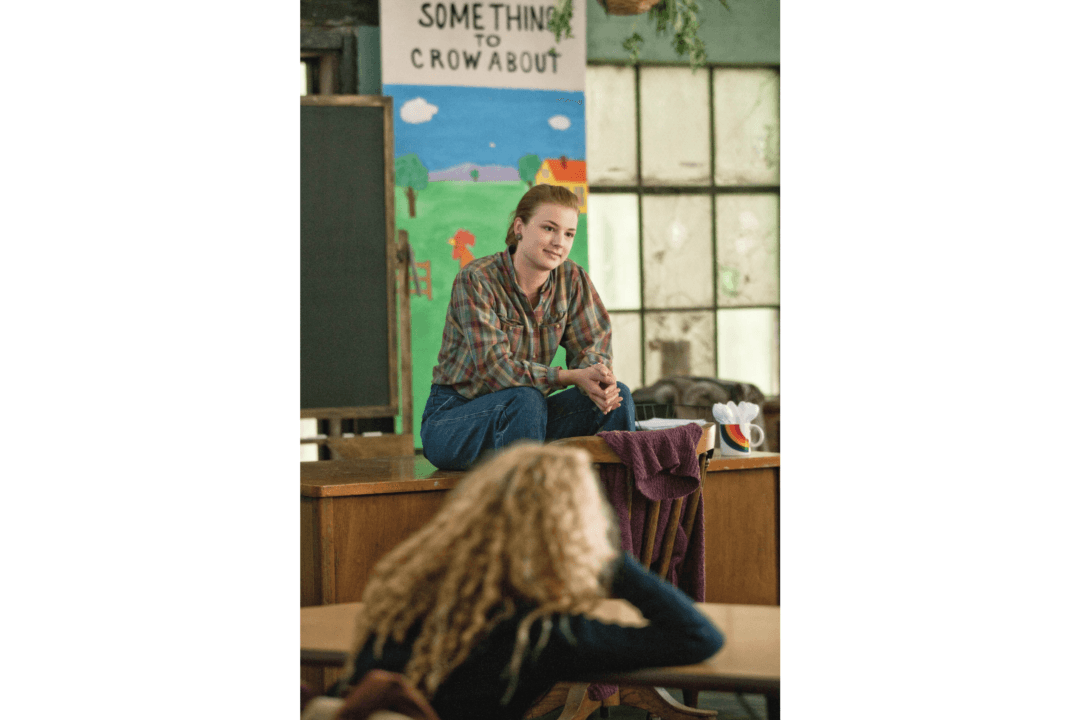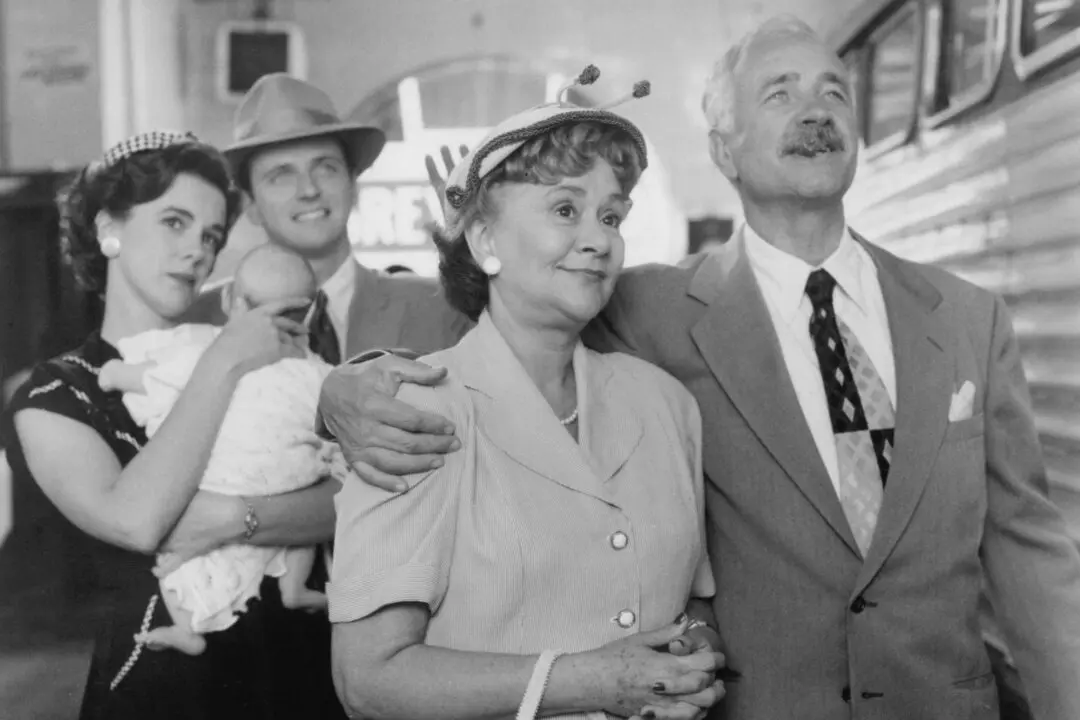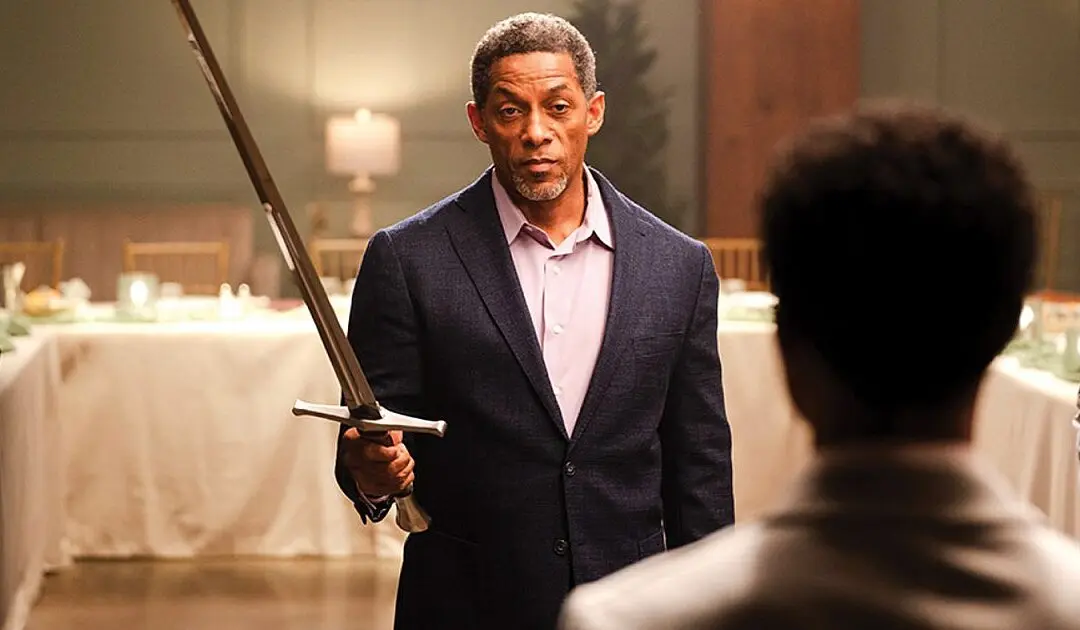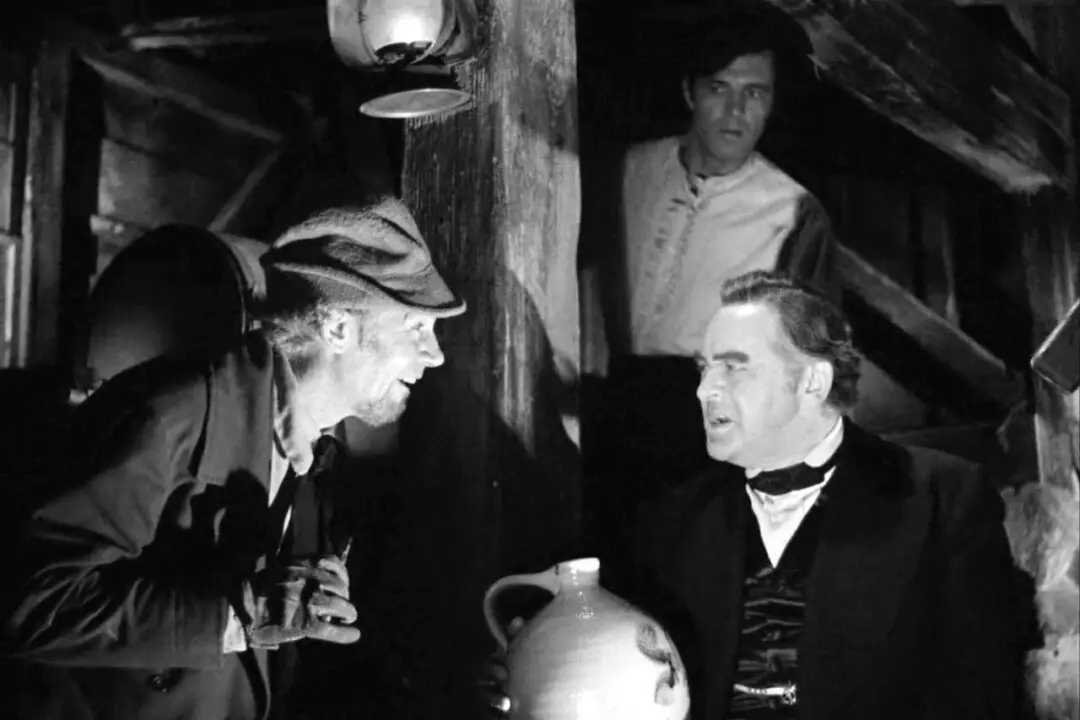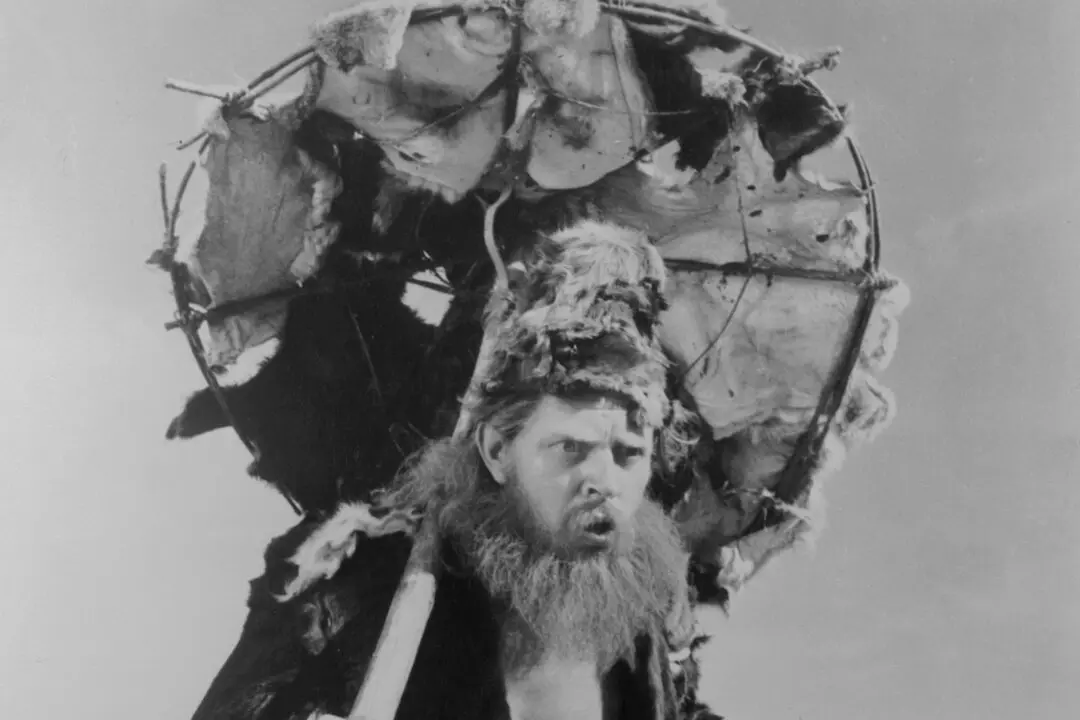Set in 1987, “Beyond the Blackboard” dramatizes the real-life heroism of an award-winning elementary school teacher from Utah, Stacey Bess (Emily VanCamp). A young mother of two, who idealized teaching, Stacey takes a job in a “school with no name” in Salt Lake City. The children there are neglected, homeless, truant, and mutinous. They are under the temperamental care of parents or guardians in a makeshift shelter that’s more like a dilapidated warehouse than a school.
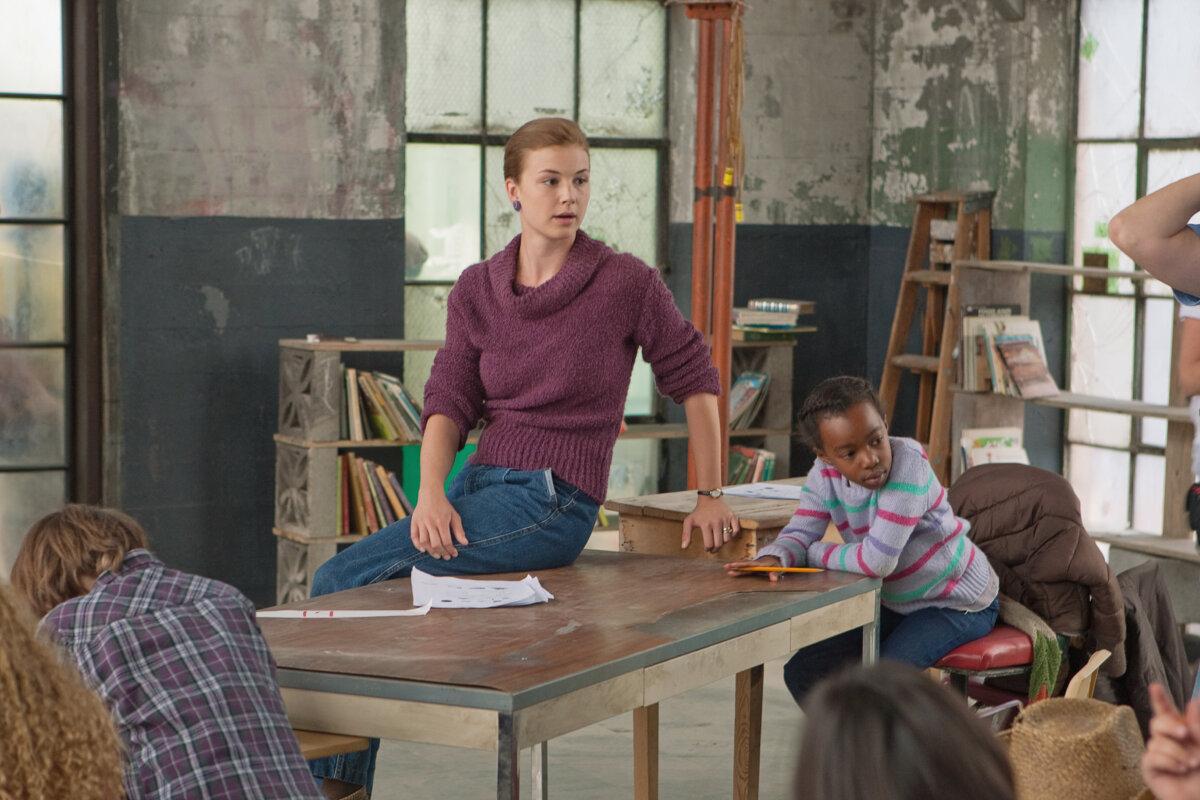
Stacey Bess (Emily VanCamp) teaches in a dilapidated classroom with no supplies, in “Beyond the Blackboard.” MovieStillsDB

